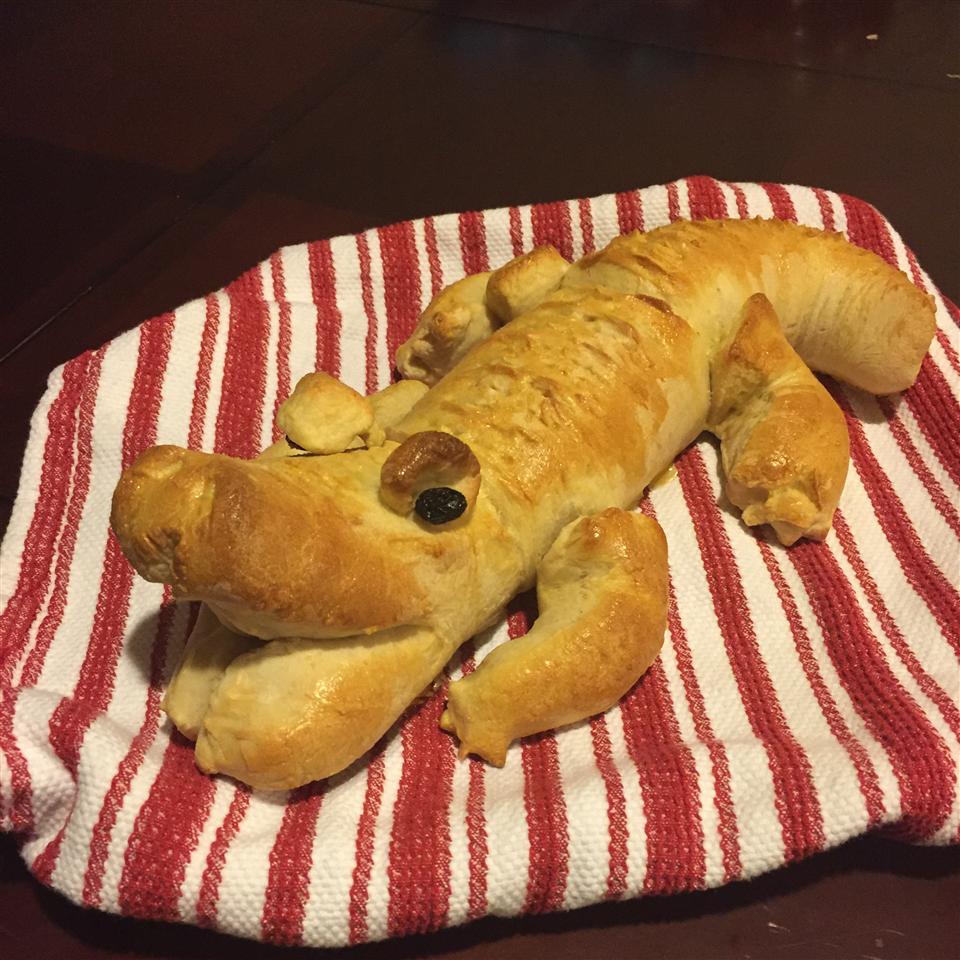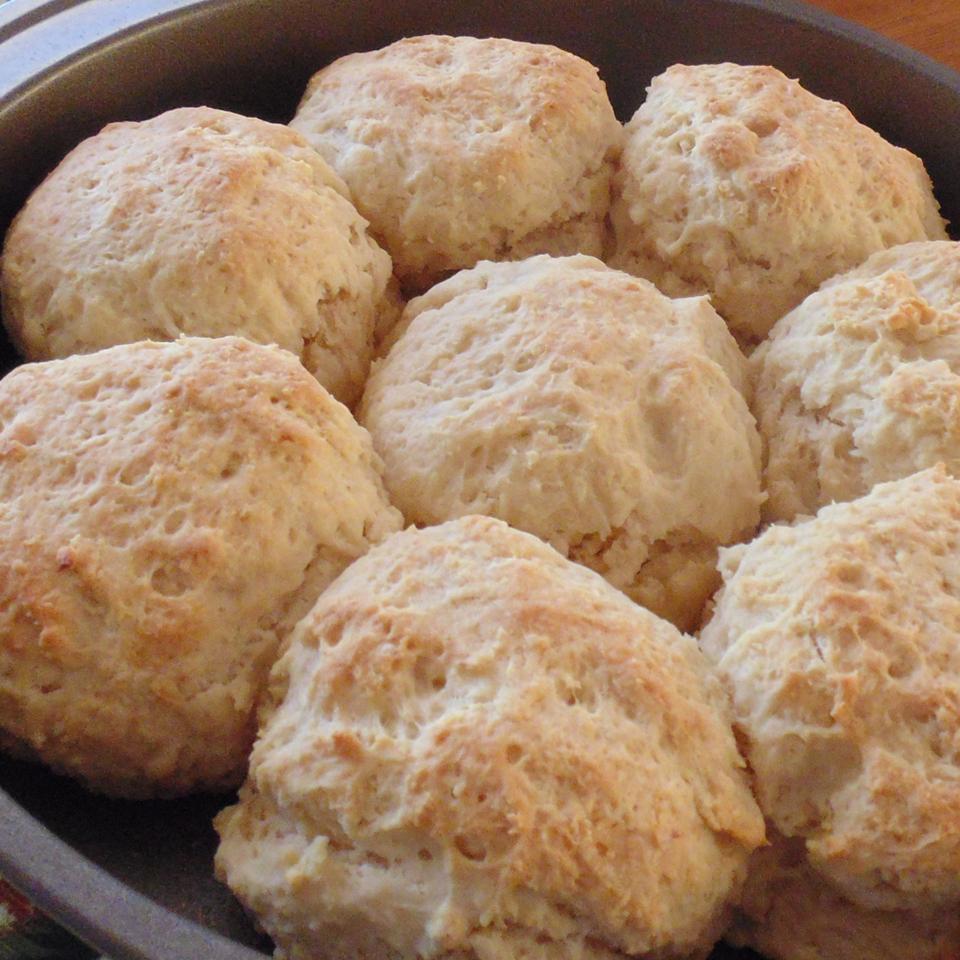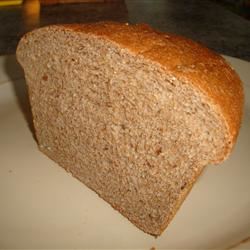Alligator Animal Italian Bread

This simple Italian bread shaped like an alligator will rock any New Orleans Cajun-style Mardi Gras event. You can easily shape it into any animal you like, as this dough lends itself well to handling and doesn’t rise uncontrollably and distort your animal’s shape. Make the dough in your bread machine, then shape it, let it rise, brush it with egg wash, and bake. To make other shapes, coloring book animals enlarged and placed underneath parchment paper make great guides!
INGRIDIENT
DIRECTION
Step: 1
Combine the water, flour, gluten (if using), salt, and yeast in your bread machine and mix using the machine’s dough cycle. The dough should pull away from the sides nicely; add more flour or water if necessary during the mixing cycle so the dough doesn’t end up too sticky or dry. When the first rising cycle ends, punch the dough down and transfer the dough to a lightly floured surface.
Step: 2
Grease a baking sheet or line it with parchment paper. Roll out the dough into a square about 3/4-inch thick and divide it into four pieces. Roll up three of the pieces jelly-roll style, and line them up seam-side down on the baking sheet to form the head, body, and tail. The ends of the connected pieces should just slightly touch. (Remember that everything will get bigger as the dough rises, so try to keep proportions in mind.)
Step: 3
Lightly grease your hands and shape the dough like you’re working with clay: elongate the tail to a slender curved tip, and then slightly elongate the nose end. Slice into the nose horizontally at the tip to form the alligator’s mouth; hold the mouth open with a wedge of greased aluminum foil.
Step: 4
From the remaining quarter of dough, trim off a tiny piece to use for the eyes. Slice the remainder into four “logs” for legs, flattening one end of each leg and inserting it under the alligator’s body. Shape the legs into slight bends when positioning them on the baking sheet. Cut short slices into the other end of the leg to make claws. Use scissors to snip shallow cuts over the surface of the dough (this will form the alligator’s spiky skin). Roll the reserved dough into little balls for the eyes, stuffing each with a raisin.
Step: 5
Preheat an oven to 400 degrees F (200 degrees C). Beat the egg with 1 tablespoon of warm water in a small bowl.
Step: 6
Let the alligator rise in a warm place until fully proofed, about thirty minutes (poke your index and middle fingers into the sides of the dough; the indentation should remain. If the dough springs back, it needs to rise longer). Gently brush the dough with the egg wash and bake it in the preheated oven until golden brown, about 20 minutes. Remove the alligator from the baking sheet with a spatula and transfer it to a wire rack. Remove the aluminum foil when cool.
NUTRITION FACT
Per Serving: 187 calories; protein 6.6g; carbohydrates 36.7g; fat 1.1g; cholesterol 20.5mg; sodium 446.2mg.
The quality of the flour can make a real deal to your bread. Different makers do vary. Extra-strong or Canadian flours, which are naturally higher in gluten, may give you a best rise than standard bread flours – especially if you’re making wholemeal dough , which not always rise as well as clear bread.
To made this in a dough , add all the ingredients to your breadmaker and follow the manufacturer’s instructions.
A bread first rising can be make in the fridge 24 hours . This slows down the time it takes to rise to double its size, giving it a deeper flavour. It’s also a great timesaver , as you can start it yesterday , then finish it off the next day.





